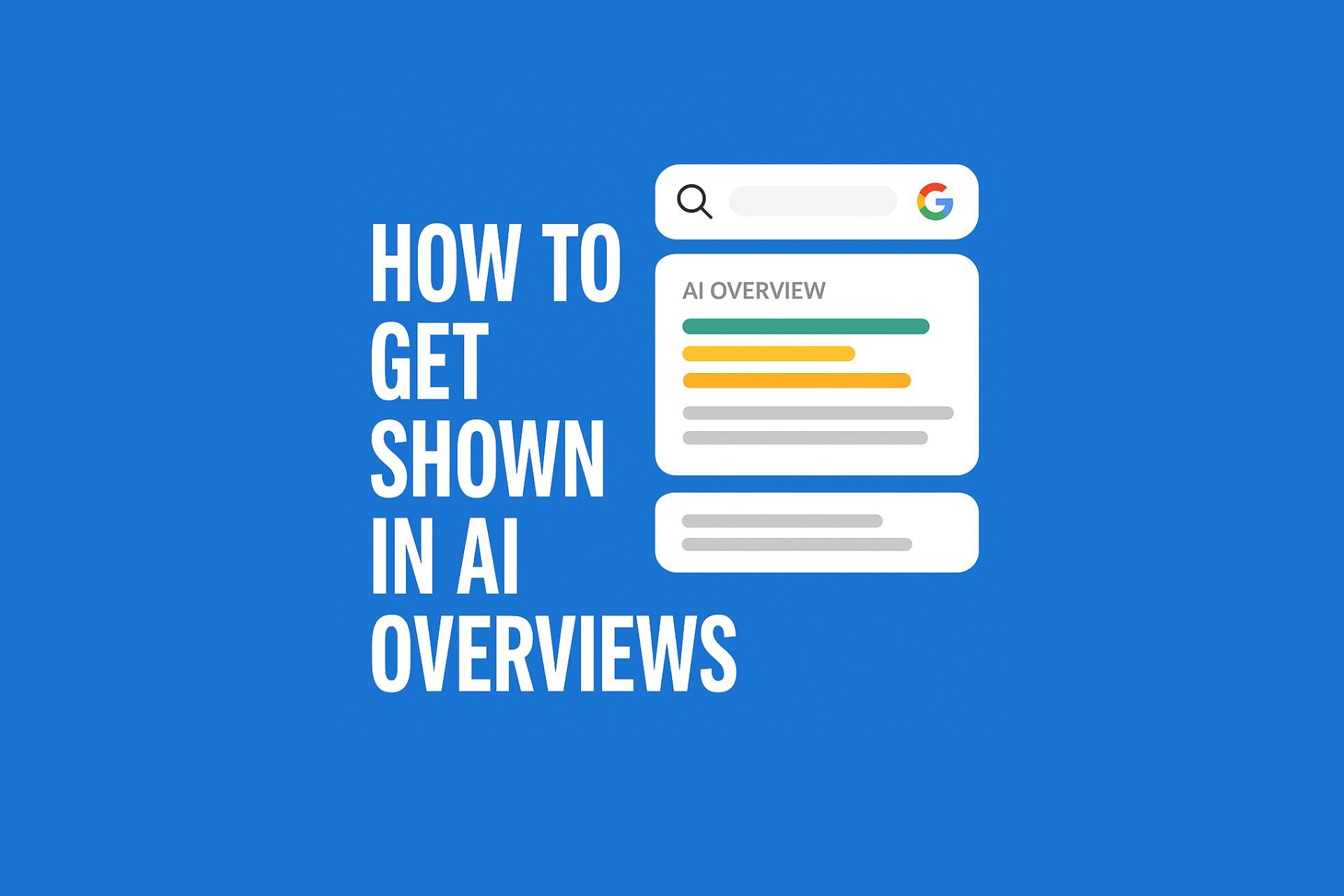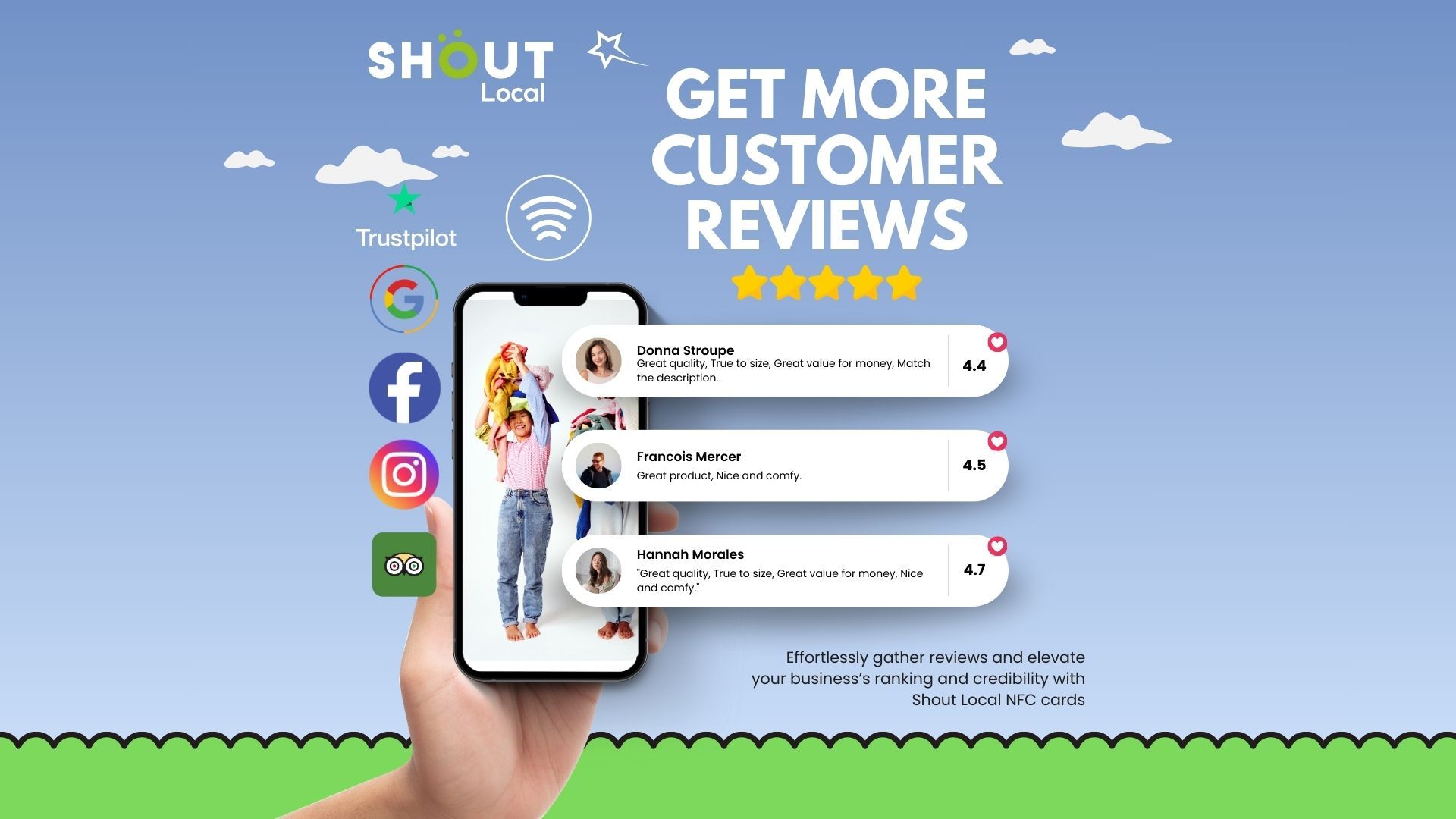Famous Rebrands That Failed and Damaged Company Confidence and Stock Value
Explore high-profile rebranding failures that dented consumer trust and sent stock values plunging. Learn lessons from these corporate blunders.

Rebranding is a challenging endeavour. While it can revitalise a company, attract new customers, and help stay competitive, it can also go spectacularly wrong. When companies misjudge their audience or stray too far from their brand identity, the repercussions can be severe, with customer confidence and stock value taking a hit.
Here, we explore some of the most infamous rebranding failures, including the latest from Jaguar, and highlight the lessons businesses can learn from these missteps.
New Coke (Coca-Cola, 1985)
A Fizzy Failure
In the 1980s, Coca-Cola faced stiff competition from Pepsi. To regain dominance, it introduced a new formula called "New Coke". The move backfired dramatically.
Why It Failed: Coca-Cola underestimated customer loyalty to its original recipe. The public outcry was immense, with protests and boycotts demanding the return of "Coca-Cola Classic."
Stock Market Impact: The backlash dented the company’s reputation and consumer trust. While Coca-Cola quickly reverted to its original formula, the incident remains a lesson in understanding your audience.
Lesson: Customers often have deep emotional ties to iconic products. Tampering with those without due consideration can backfire.
Tropicana (2009)
Packaging that Packed a Punch
In 2009, Tropicana revamped its iconic orange juice packaging. It swapped its orange-and-straw design for a minimalist aesthetic. The result? Customers barely recognised the product.
Why It Failed: The new design was generic and uninspiring, confusing loyal shoppers. Within two months, sales plummeted by 20%, costing Tropicana’s parent company, PepsiCo, $30 million.
Stock Market Impact: While PepsiCo absorbed the financial blow, Tropicana’s brand equity suffered, highlighting the risks of changing a recognisable brand identity.
Lesson: Customers value familiarity. Sudden changes to iconic branding elements can erode trust and hurt sales.
Gap (2010)
A Fashionable Faux Pas
In 2010, Gap unveiled a new logo, replacing its classic blue square with a simple Helvetica typeface and a small gradient box. The rebrand lasted just six days.
Why It Failed: The new logo was widely criticised for being bland and unoriginal. Loyal customers felt it didn’t represent Gap’s heritage, and social media amplified the backlash.
Stock Market Impact: Although the financial impact was short-term, the fiasco underscored Gap’s struggles to stay relevant in the competitive retail market.
Lesson: Rebranding without a clear purpose can alienate customers and make a company seem out of touch.
Yahoo! (2013)
A Logo Change with Little Substance
Under CEO Marissa Mayer, Yahoo! unveiled a new logo as part of a 30-day design reveal campaign. Unfortunately, the final result failed to impress.
Why It Failed: The redesign was criticised for being underwhelming and failing to address Yahoo!’s core problems, such as its declining relevance in the tech sector.
Stock Market Impact: While the logo change didn’t directly impact Yahoo!’s stock, it symbolised a lack of meaningful innovation, further diminishing investor confidence.
Lesson: A logo change alone cannot fix underlying issues. Rebranding must be part of a broader strategy.
Uber (2016)
A Misstep in Modernisation
In 2016, Uber ditched its iconic "U" logo for a futuristic, abstract design. The move was part of an effort to reposition itself as a technology company rather than a transportation service.
Why It Failed: The new logo confused users, who struggled to associate it with Uber. The rebrand also coincided with controversies surrounding the company, exacerbating public distrust.
Stock Market Impact: While the logo itself wasn’t directly responsible for Uber’s stock woes, the timing of the rebrand added to the company’s reputational issues.
Lesson: Rebranding must align with consumer expectations. Timing and clarity are crucial.
Weight Watchers to WW (2018)
A Weighty Name Change
In 2018, Weight Watchers rebranded itself as WW to align with modern wellness trends. However, the change confused both loyal customers and new prospects.
Why It Failed: The name "WW" lacked clarity and alienated long-time members who identified with the weight-loss-focused brand. Membership growth stagnated as the company struggled to explain its new direction.
Stock Market Impact: Following the rebrand, Weight Watchers’ stock lost significant value, dropping by over 50% in 2019.
Lesson: A rebrand must balance modernisation with maintaining the brand’s core identity.
London 2012 Olympics Logo
Abstract to a Fault
The London 2012 Olympics logo aimed to be bold and modern. Instead, it faced ridicule for being overly abstract and difficult to decipher.
Why It Failed: Many found the design unattractive and even inappropriate, with some claiming it resembled unrelated symbols. The backlash overshadowed early promotional efforts for the Games.
Stock Market Impact: While the logo didn’t directly impact finances, it damaged public perception and undermined early enthusiasm for the event.
Lesson: Design should prioritise clarity and appeal, especially for large-scale events with diverse audiences.
Jaguar’s Rebrand (2024)
An Identity Crisis
In Nov 2024, Jaguar unveiled a rebrand as part of its transition to an all-electric future. The campaign introduced a new logo, stylised as "JaGUar," and featured a promotional video devoid of any cars.
Why It's Failing: Critics argued that the rebrand ignored Jaguar’s legacy as a luxury carmaker. The promotional video, focusing on abstract themes and models in futuristic outfits, confused consumers. Industry figures like Elon Musk openly questioned the strategy.
Stock Market Impact: While the long-term financial impact is yet to be seen, the rebrand’s initial reception was mixed, leaving investors cautious.
Lesson: Rebranding must respect a company’s heritage while clearly communicating its core products and vision.
Lessons for Businesses
These examples highlight the risks of rebranding. Companies can avoid similar pitfalls by keeping the following in mind:
Understand Your Audience: Changes must resonate with loyal customers and attract new ones. Ignoring consumer sentiment can lead to backlash.
Maintain Brand Identity: Modernisation shouldn’t come at the expense of core brand values.
Align with Strategy: A cosmetic update can’t mask deeper operational issues. Rebranding should be part of a comprehensive growth plan.
Timing Is Key: Launching a rebrand during turbulent times can compound existing problems.
Rebranding is a powerful tool, but as these cautionary tales show, it’s a double-edged sword. Done right, it can breathe new life into a company. Done wrong, it can erode trust, damage reputation, and hurt the bottom line.

















